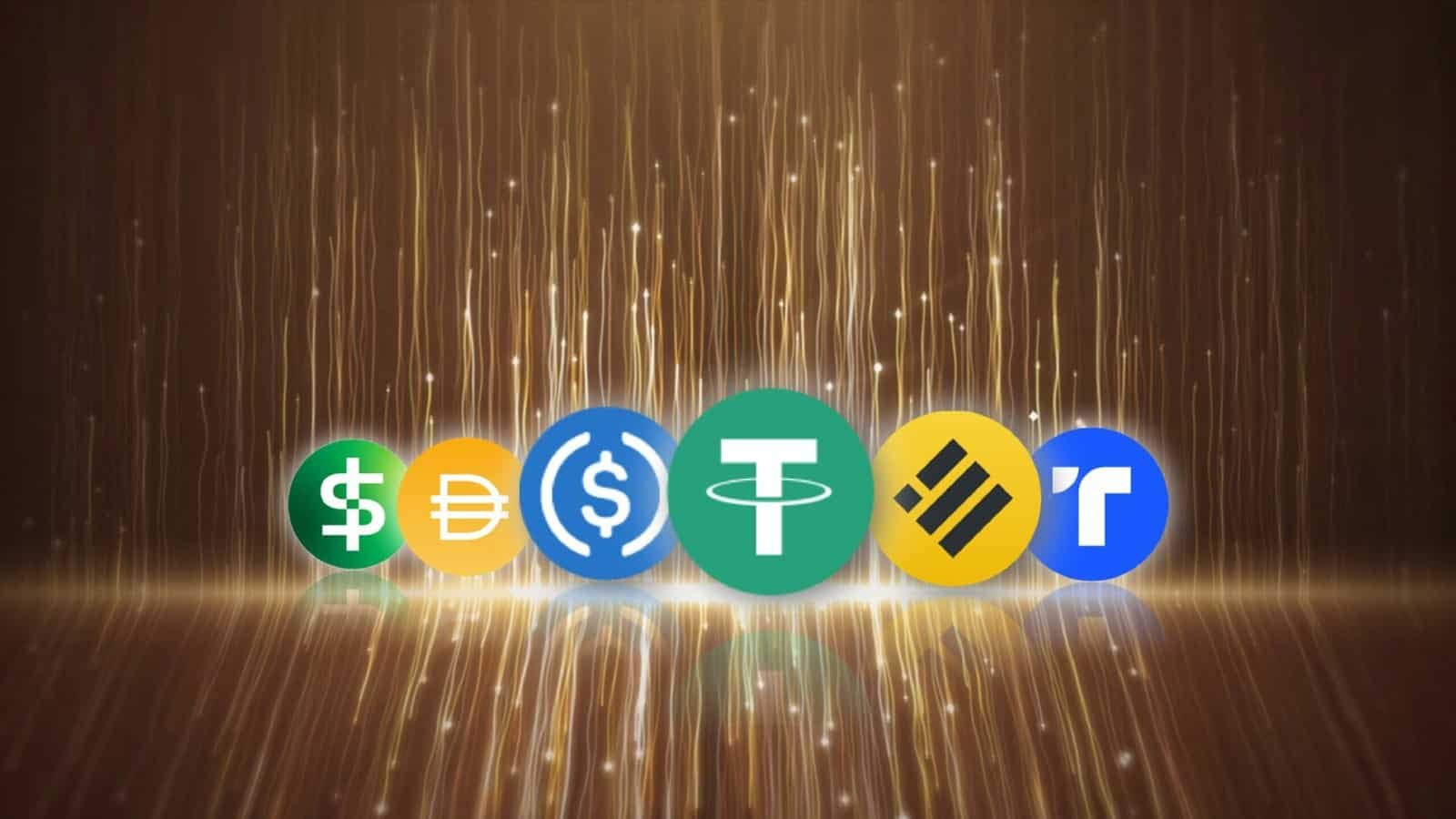Have you ever wondered what exactly a stablecoin is and how it functions in the ever-evolving world of digital currency? It’s one of those emerging topics that’s capturing the spotlight, and for good reasons. As the cryptocurrency realm grows, you’re encountering new terms and concepts that can be quite fascinating. Let’s embark on a journey to unpack the world of stablecoins together.
Understanding Stablecoins
To start off, it’s essential to comprehend what stablecoins are. In the simplest terms, a stablecoin is a type of cryptocurrency designed to maintain a stable value compared to other forms of digital money, which can be prone to extreme volatility. Stablecoins aim to bridge the gap between the steady value of fiat currencies and the advanced features of cryptocurrencies.
Why Stability Matters
You might be curious, “Why is stability such a big deal in the cryptocurrency world?” Well, unlike traditional money, many cryptocurrencies like Bitcoin and Ethereum experience dramatic price fluctuations. While these swings can offer opportunities for traders, they can also deter ordinary users who seek to use digital currencies for everyday transactions. Stablecoins mitigate this unpredictability by ensuring their value remains consistent over time.
How Stablecoins Work
There’s no one-size-fits-all model when it comes to stablecoins; instead, they come in various forms depending on how their price stability is achieved. Here are the primary types:
Fiat-Collateralized Stablecoins
These are the easiest to understand—each coin is backed by a reserve of fiat currency. Imagine you have a digital coin that’s pegged to the US Dollar, with each stablecoin backed by an equivalent amount of USD in a bank account. You might think of these as digital versions of traditional money, offering the security of regular currency but with the benefits of crypto transactions.
Pros and Cons
- Pros: Transparent structure, direct correlation with fiat, generally lower volatility.
- Cons: Requires trust in the entity holding the reserves, subject to regulations.
Here’s a quick table comparing some popular fiat-collateralized stablecoins:
| Stablecoin | Backing Currency | Example |
|---|---|---|
| Tether (USDT) | USD | Primarily peer-to-peer transactions |
| USD Coin (USDC) | USD | Widely accepted for trade and transaction |
| TrueUSD (TUSD) | USD | Offers frequent audits for transparency |
Crypto-Collateralized Stablecoins
This type uses other cryptocurrencies as collateral. They rely on smart contracts to manage these reserves, maintaining stability through algorithms and incentives. These stablecoins can be over-collateralized, meaning the value of the collateral is higher than the stablecoins issued to account for market volatility.
Advantages and Challenges
- Advantages: Decentralized, eliminates the need for trusting a central authority.
- Challenges: Complexity in design, still susceptible to extreme market conditions.
For example, the Dai stablecoin is backed by Ethereum, and various mechanisms are applied to stabilize it.
Algorithmic Stablecoins
Algorithmic stablecoins forego collateral altogether, instead using algorithms to control their supply based on demand. Such coins are an ambitious attempt to mirror central bank policies but within the digital sphere.
Strengths and Weaknesses
- Strengths: Eliminate collateral dependency.
- Weaknesses: High-risk due to trust solely in algorithms, potential lack of stability.

Key Benefits of Stablecoins
Now, why might you be interested in using stablecoins? They offer several benefits that make them appealing:
Low Transaction Fees
Stablecoins can often be transferred with minimal fees, a significant advantage over traditional wire transfers or money orders, especially for international transactions.
Speed of Transactions
Transaction times are usually faster than those of traditional banks, which can take days. Stablecoins offer the nimbleness of crypto, with the security of fiat.
Privacy and Security
Blockchain technology provides transparency and security, adding extra layers of safety for users concerned about fraud or dispute resolution.
Potential Drawbacks of Stablecoins
While there are numerous advantages, no system is without its flaws, and stablecoins are no exception.
Centralization Concerns
In the case of fiat-collateralized stablecoins, you’re trusting that the issuing company genuinely holds reserves equivalent to its total circulation. If this trust is broken, it could lead to devaluation.
Regulatory Risks
Governments worldwide are still grappling with how to regulate cryptocurrencies fully. New laws could impact stablecoin operations and how they’re used.
Technological Risks
As with all things digital, stablecoins are susceptible to technical vulnerabilities. Ensuring the technology behind each coin remains secure against hacking is paramount.

Use Cases for Stablecoins
You might be wondering how stablecoins fit into the grand scheme of things. Here are some concrete scenarios where they make a real difference:
Everyday Transactions
Imagine shopping at your favorite online retailer and paying with a stablecoin instead of a credit card. You benefit from the enhanced privacy and lower transaction fees.
Remittances
Sending money across borders can be costly and time-consuming. Stablecoins offer a quicker, cheaper alternative that might eliminate the wait and high fees.
Yield Farming and DeFi
In the decentralized finance space, stablecoins are often used for yield farming—earning returns on cryptocurrencies by participating in various DeFi platforms. They serve as a baseline currency for earning interest without the usual fluctuation risks.
The Future of Stablecoins
You might ask, what’s next for stablecoins? The landscape of digital currencies is fluid, with ongoing developments shaping their future. As regulatory environments evolve and technology advances, stablecoins could become even more integral to the global financial system.
Adoption by Financial Institutions
We’re seeing increasing interest from traditional institutions, exploring how these digital currencies can fit into existing financial frameworks. This could make stablecoins more mainstream and accessible to everyone.
Integration with Smart Contracts
As smart contracts become more sophisticated, the use of stablecoins in automated and conditional payments is likely to expand. Innovations like these can unlock new possibilities in finance, investing, and trade.
Challenges Ahead
Still, the road isn’t entirely smooth. Ongoing regulatory challenges, technological hurdles, and market dynamics will play critical roles in determining the trajectory of stablecoin adoption and use.

Conclusion
Stablecoins present a fascinating intersection where the old world of finance meets the new digital frontier. They offer a taste of what’s possible when stability meets innovation. Whether it’s for sending money internationally, making everyday purchases, or participating in cutting-edge financial services, they offer a versatile toolkit in your burgeoning financial landscape.
In this rapidly changing environment, staying informed is crucial. By understanding the nuances of stablecoins, you’re taking steps to engage with the future of finance thoughtfully and confidently.
